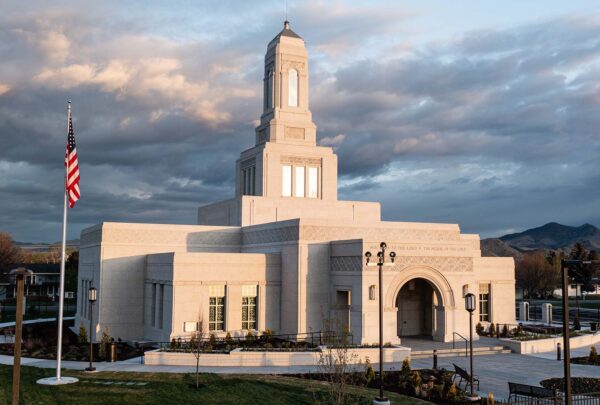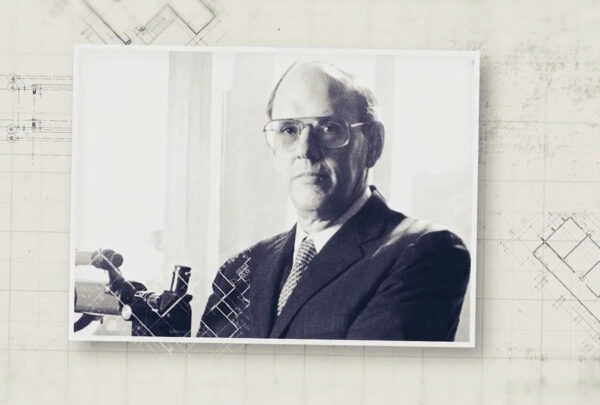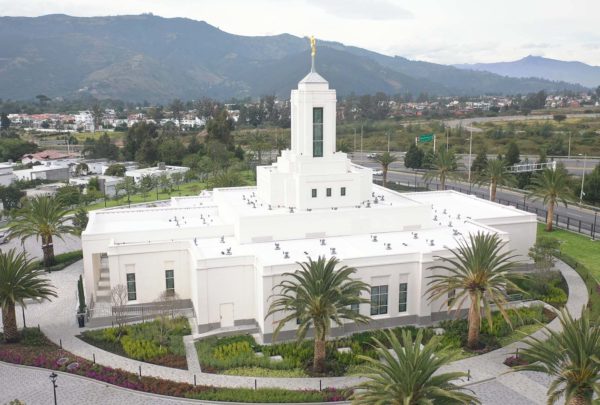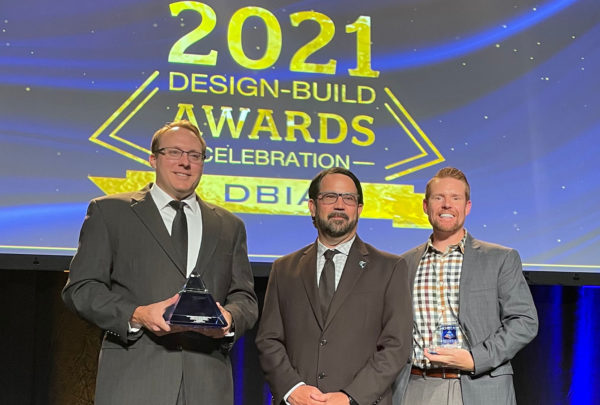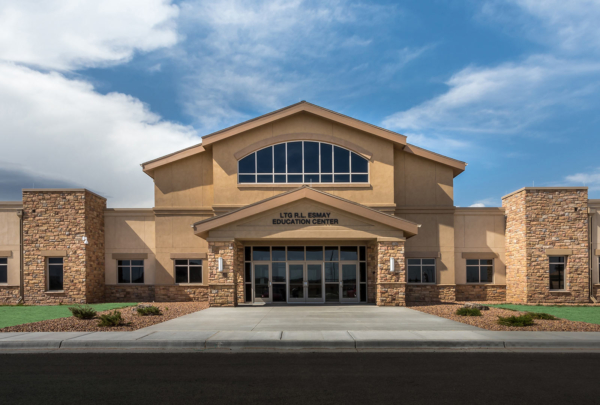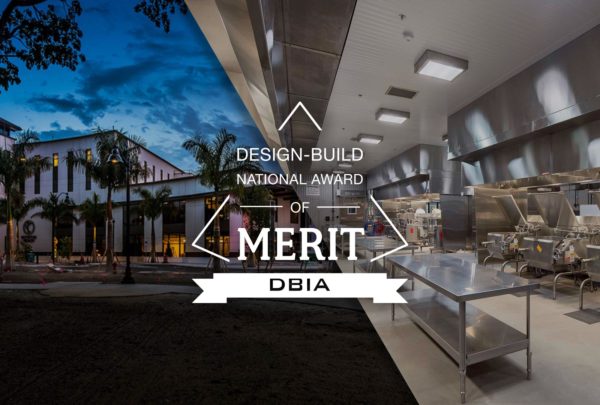Editor’s note: In February 1993, Haskell founder Preston Haskell III and Jim Gray, founder of Gray, Inc., led a meeting in Washington, D.C., to discuss forming an organization to provide advocacy for and education on the design-build project delivery. There, the Design-Build Institute of America (DBIA) was born. To commemorate the DBIA’s 30th anniversary, Haskell.com is proud to republish, in two parts, the chapter of Preston’s new limited-release book, “Building a Life Having Fun | Autobiography of Preston H. Haskell,” that is devoted to the DBIA’s creation. On Tuesday, Part 1 told of the organization’s genesis. Today, Part 2 details its formative years, when its mission became a highly successful reality.
During much of the next year, expanding our membership was top priority. At the same time, we adopted two measures that would become the DBIA’s defining mission to this day: (1) advocating and promoting design-build delivery, and (2) developing and inculcating best practices for doing so. Both were essential, and neither could happen without the other. I was passionate about making these two objectives clearly accepted and adopted throughout the DBIA and beyond.
My tenure as chairman concluded in 1994, but I remained active in a number of ways for the next five years, mostly to support, assist and ensure the further development and implementation of DBIA’s overarching two-fold mission.
Largely as a result of my pre-DBIA efforts, a small number of states had enacted legislation authorizing design-build procurement, but much more remained to be done. Further, no federal agencies had any such authority. Thus, in 1995, I began chairmanship of the DBIA committee devoted to design-build procurement in the public sector. This involved the creation of model statutory language, development of relationships with elected officials, and engagement of lobbyists in some cases. DBIA members came on board to help influence elected officials and agency administrators in their states. One by one, design-build procurement legislation was enacted in the states, a dynamic that continues to this day. Often, such legislation also included cities, counties and school districts in those states. DBIA also provided model statutory language to be used by these agencies.
The elephant in the room was the federal government. Jeff Beard’s knowledge and contacts in Washington were vital in accomplishing statutory and regulatory revisions that gave virtually all federal agencies the authority to procure projects via design-build. Educating and motivating the bureaucrats in those agencies to actually use such authority was another challenge, one that is ongoing.
Haskell Performs GSA’s First Design-Build Project
The General Services Administration, which administers building design and construction for most federal agencies in the civilian sector, became an adopter early on. In 1996, the Haskell Company was selected for the GSA’s first major design-build project, a six-story, glass-enclosed headquarters building for the Centers for Disease Control in Atlanta. In the defense sector, the U.S. Navy became the early leader in design-build procurement, and our company enjoyed an early and productive relationship with them that continues to this day. Indeed, the plurality of our federal work is and has been with the Navy.
In 1996, DBIA created a task force, which I chaired, to formally adopt and inculcate best practices for design-build delivery throughout the industry, and to express and publish these in a Manual of Practice. While a number of entities were coming on board as design-builders and users, many of them had limited knowledge and experience in properly doing so. As a result, these practitioners were unwittingly giving design-build a negative reputation, hindering our efforts to expand adoption and usage among owners, particularly in the private sector. Thus, creation and dissemination of the Manual of Practice was an important priority.
The ongoing refinement of the Manual of Practice and the adoption and use of best practices, among both owners and providers, has continued to be a central charge of DBIA. In recent years, the words “Design-Build Done Right” have become a catchphrase for this fundamentally important mission.
‘Design-Build Done Right’
Also, in these early years, it was recognized that to foster both widespread adoption and use of best practices, model contracts designed specifically for design-build were much needed. For many years, the most widely utilized contract form between owner and contractor was promulgated by the AIA. Early on, individual efforts to adapt it to design-build delivery were awkward and inadequate.
Again, in 1997, I chaired a task force to develop model contracts not only between owner and design-builder, but other forms that could be used for progressive design-build, design only, and by contractor and subcontractor.
With much input from lawyers, practitioners, owners and even other industry organizations, including the Associated General Contractors, model contracts were developed and formally introduced in late 1998. DBIA immediately made these forms available to all sectors of the industry, including instructions for their use. With periodic refinement and revision, these are the most widely used such forms, representing yet another manifestation of DBIA’s commitment to best practices.
I continue to strongly advocate design-build delivery not only to audiences in the U.S. but also abroad. For example, in 1997, I led a design-build forum at the University of Reading and lectured at the Civil Engineers Institute of London.
Having devoted almost 10 years to the creation and development of the Design-Build Institute of America, I retired from its board in 1999. It gives me much pleasure to observe the ongoing growth and influence of DBIA, particularly the involvement of my Haskell colleagues in it. They have served as directors, committee members and officers, including chairman, with much distinction.
In 2018, DBIA celebrated its 25th Anniversary, in which I was invited to participate. DBIA has expanded incredibly from the original 13 members and is now a powerful organization in its own right.
Contact Haskell to discuss how design-build can deliver your company’s next facilities project quickly, efficiently and with the least possible risk.
Read Part 1




